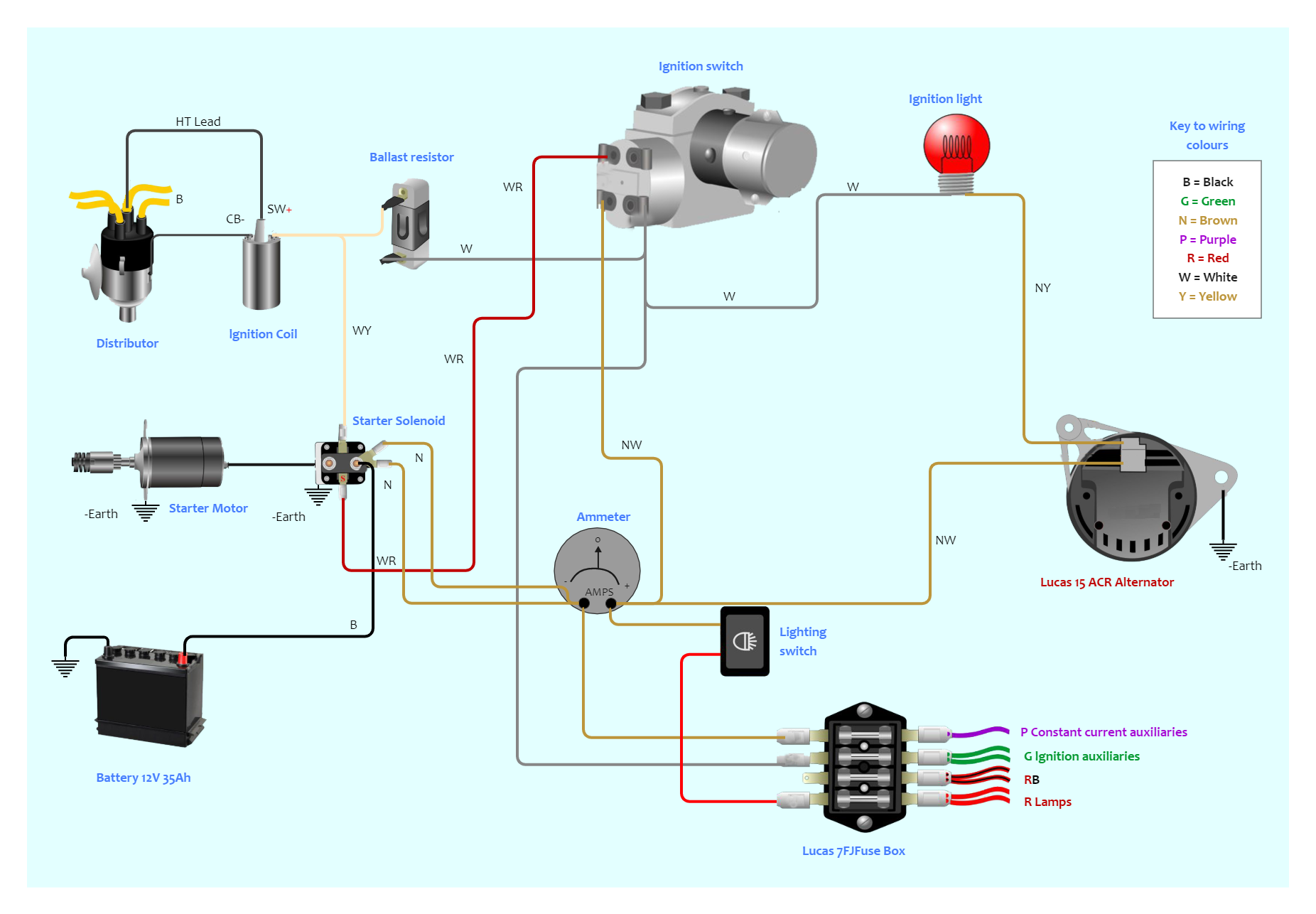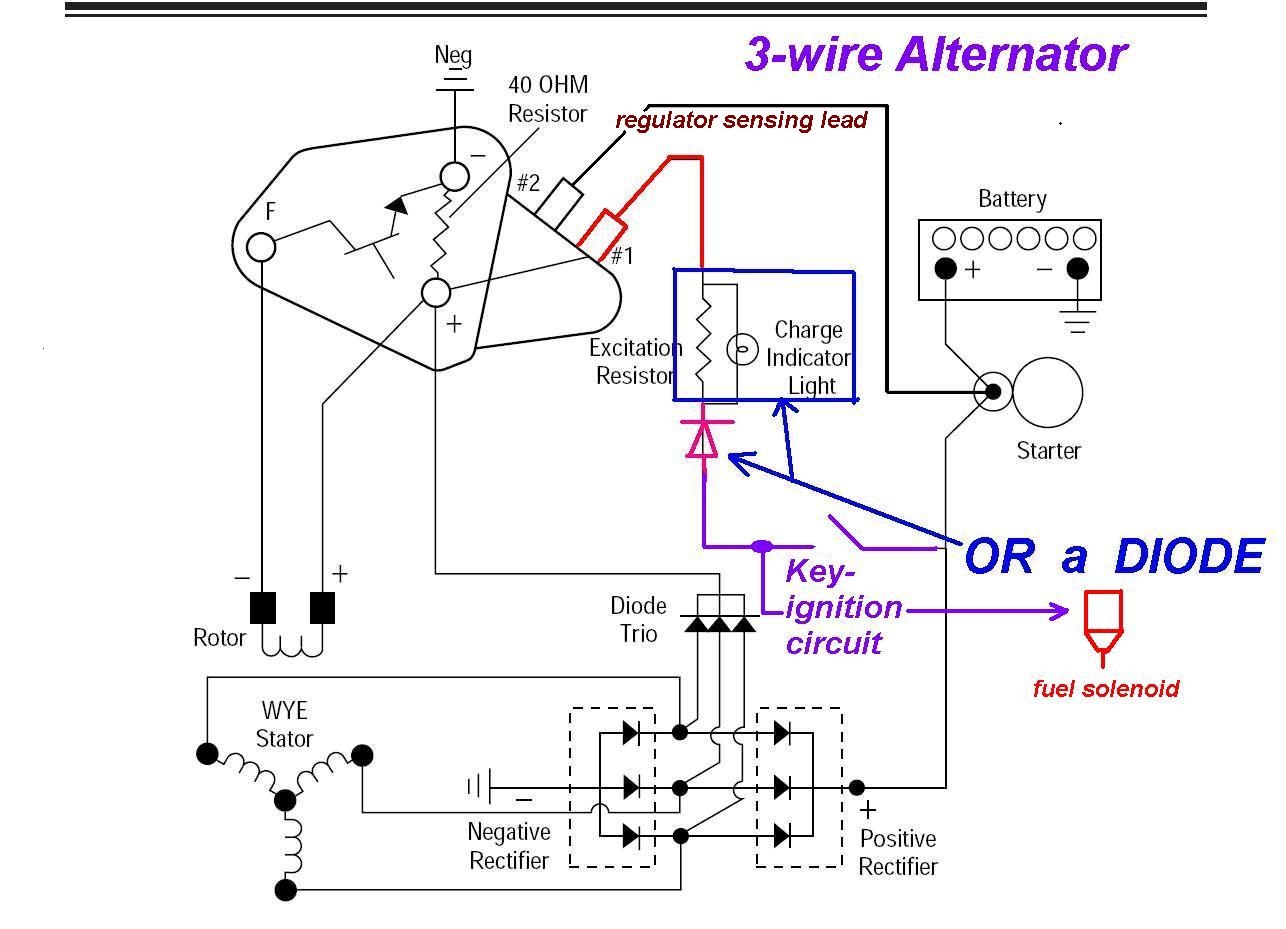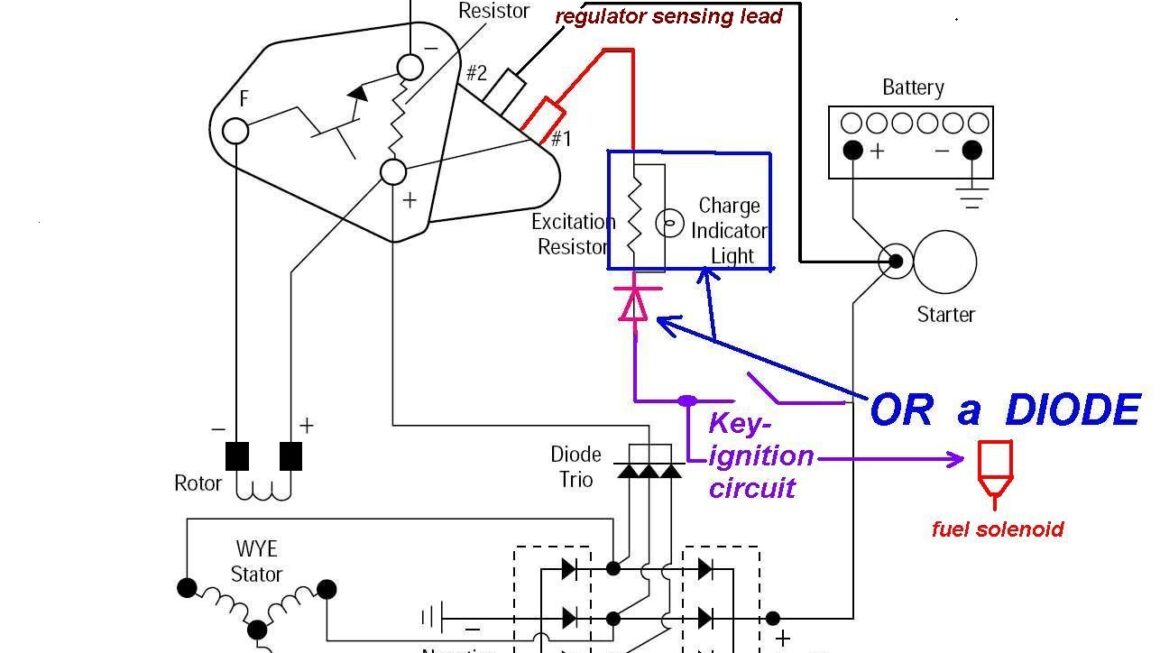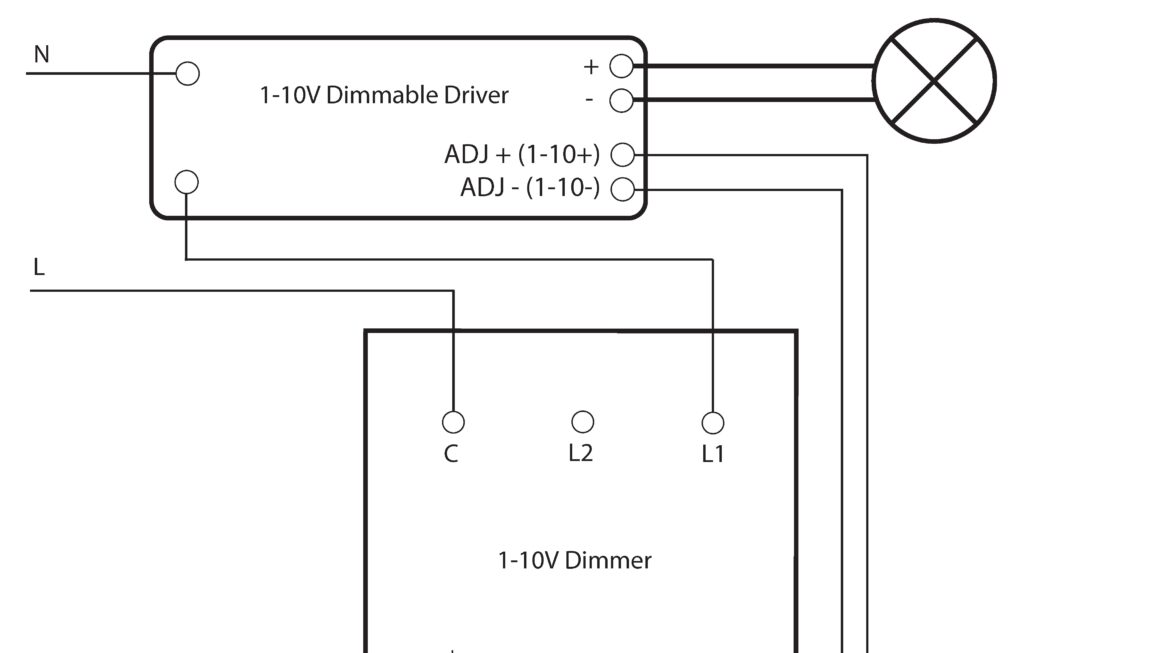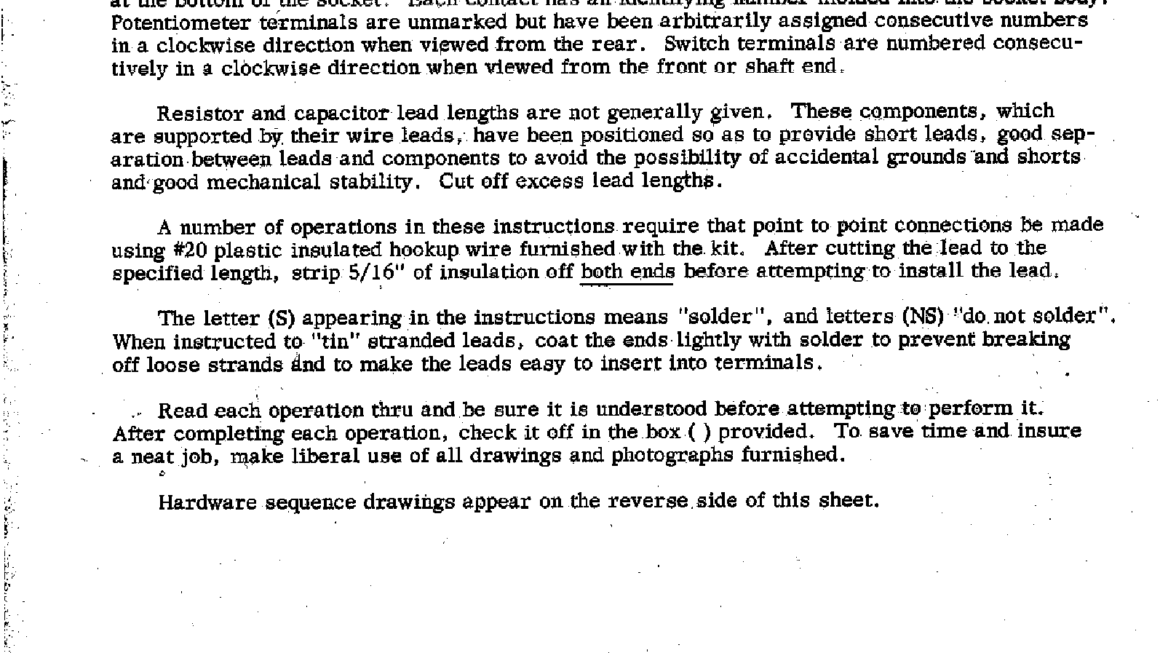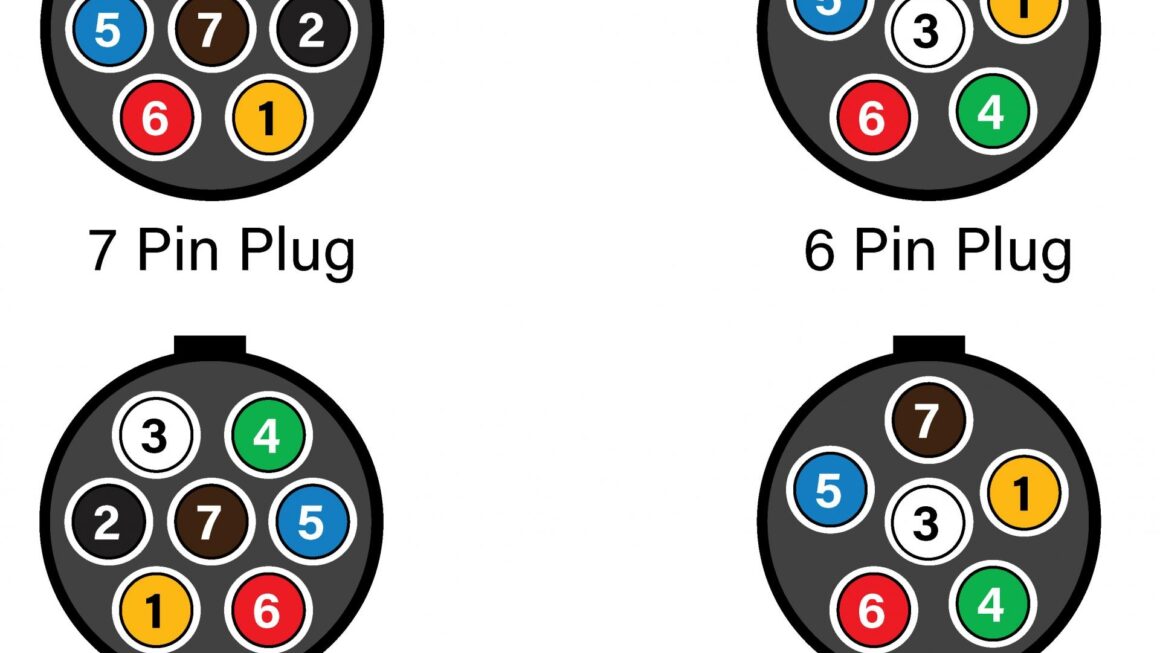If you’re looking to understand how a 3 wire voltage regulator works, you’ve come to the right place. These devices are essential in maintaining a stable voltage output in various electrical systems.
Whether you’re a DIY enthusiast or a professional electrician, knowing how to wire a 3 wire voltage regulator is crucial for ensuring the proper functioning of your circuits. Let’s dive into the details of the wiring diagram for this important component.
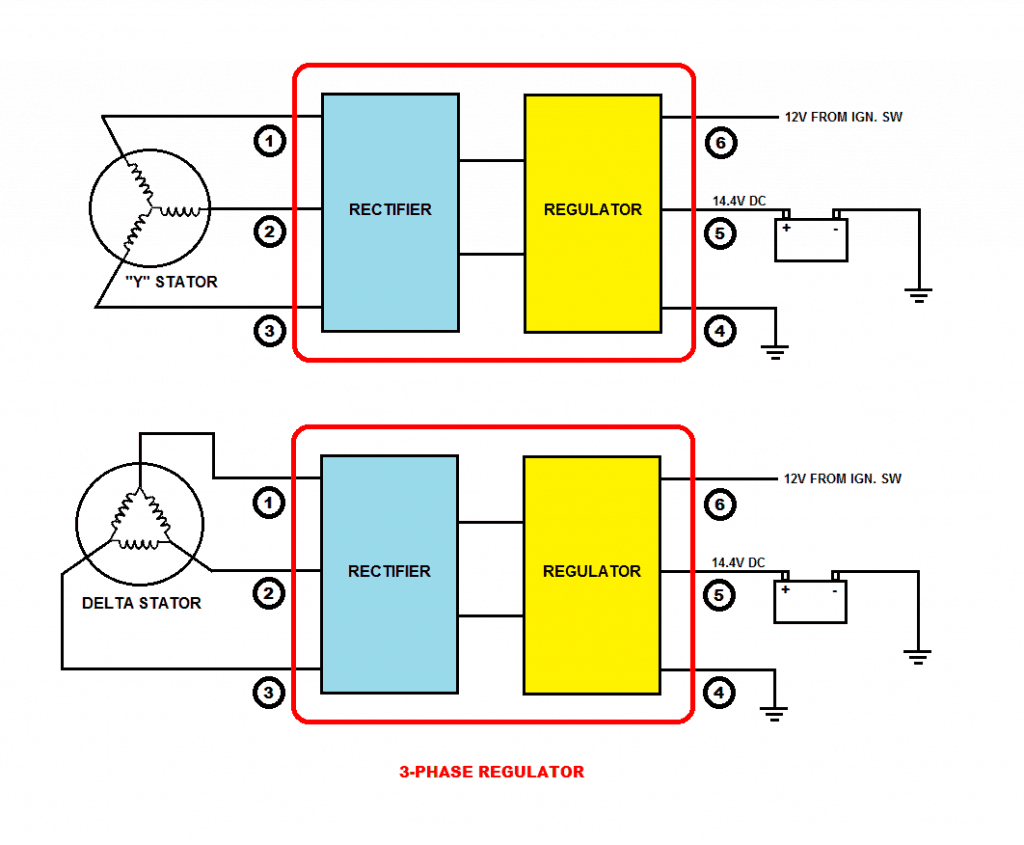
Related Post Ezgo 36 Volt Wiring Diagram
When wiring the regulator, connect the “IN” wire to the power source, the “OUT” wire to the load, and the “GND” wire to the ground. This configuration ensures that the regulator can stabilize the voltage between the input and output terminals.
It’s crucial to follow the wiring diagram provided by the manufacturer to avoid any potential damage to the regulator or the connected devices. Additionally, make sure to use the appropriate wire gauge and connectors to ensure a secure and reliable connection.
Once you’ve successfully wired the 3 wire voltage regulator according to the diagram, test the circuit to verify that the output voltage is within the specified range. This step is essential for ensuring the proper operation of your electrical system and preventing any potential issues.
In conclusion, understanding how to wire a 3 wire voltage regulator is essential for anyone working with electrical circuits. By following the correct wiring diagram and using the right techniques, you can ensure the stability and reliability of your circuits. So, next time you’re working on a project that requires a voltage regulator, remember these tips to get the job done right.
Download and Print 3 Wire Voltage Regulator Wiring Diagram Listed below



